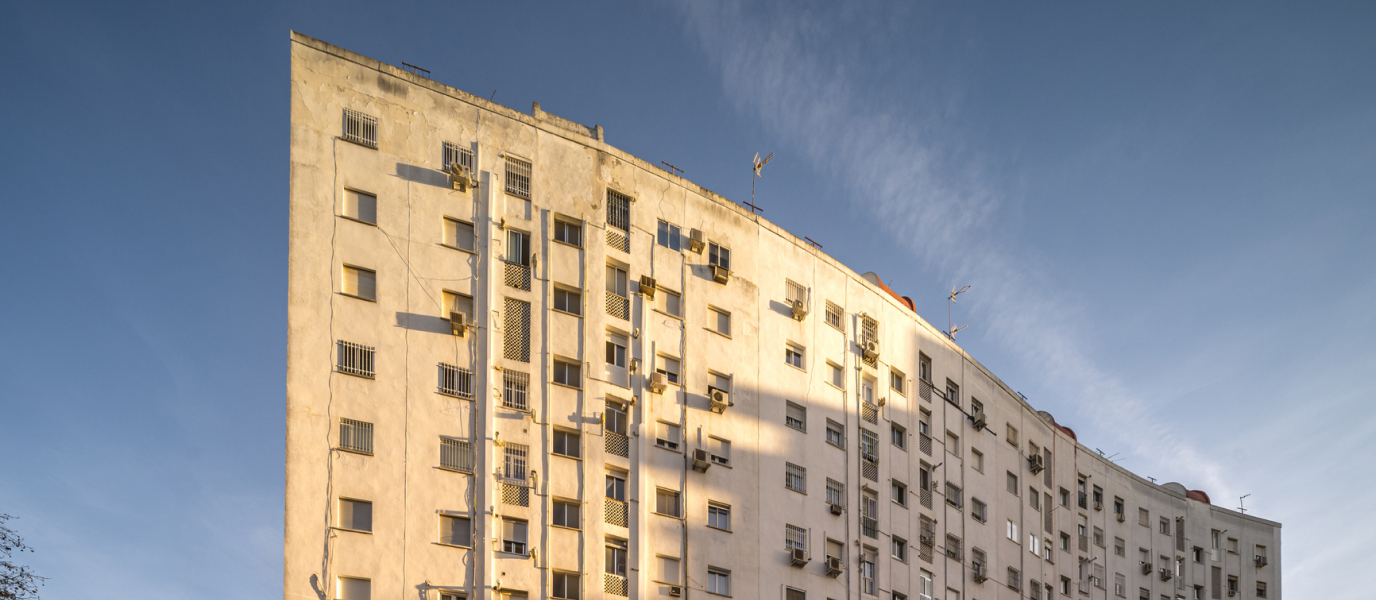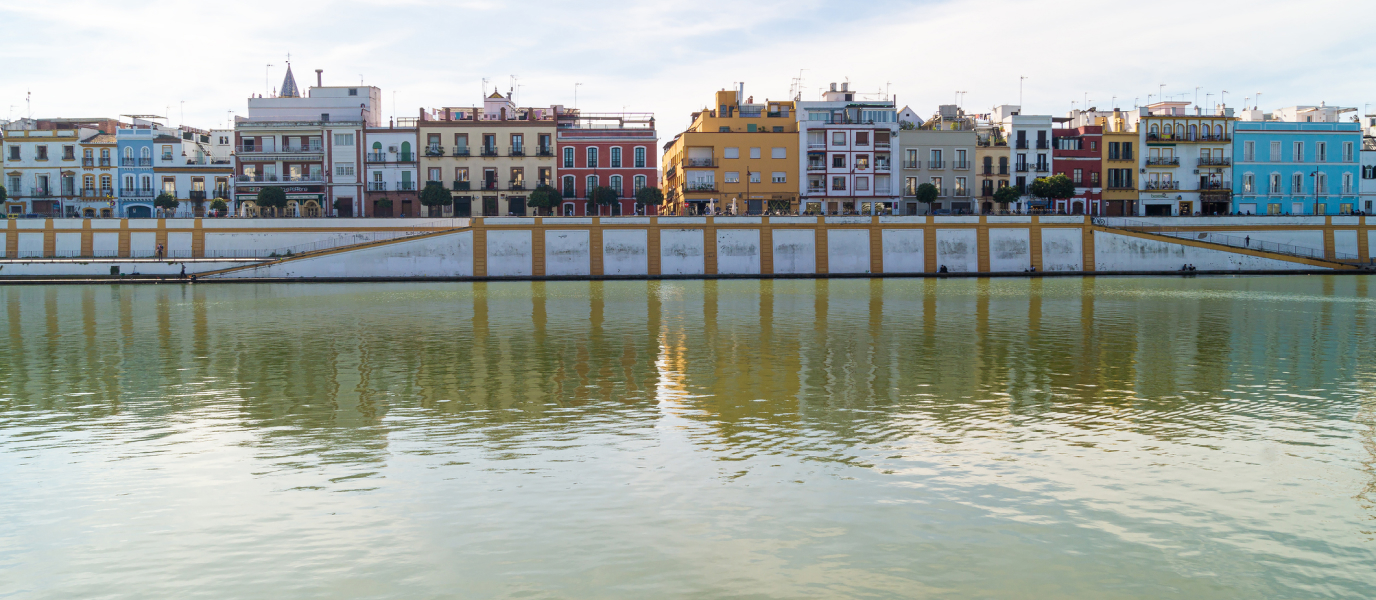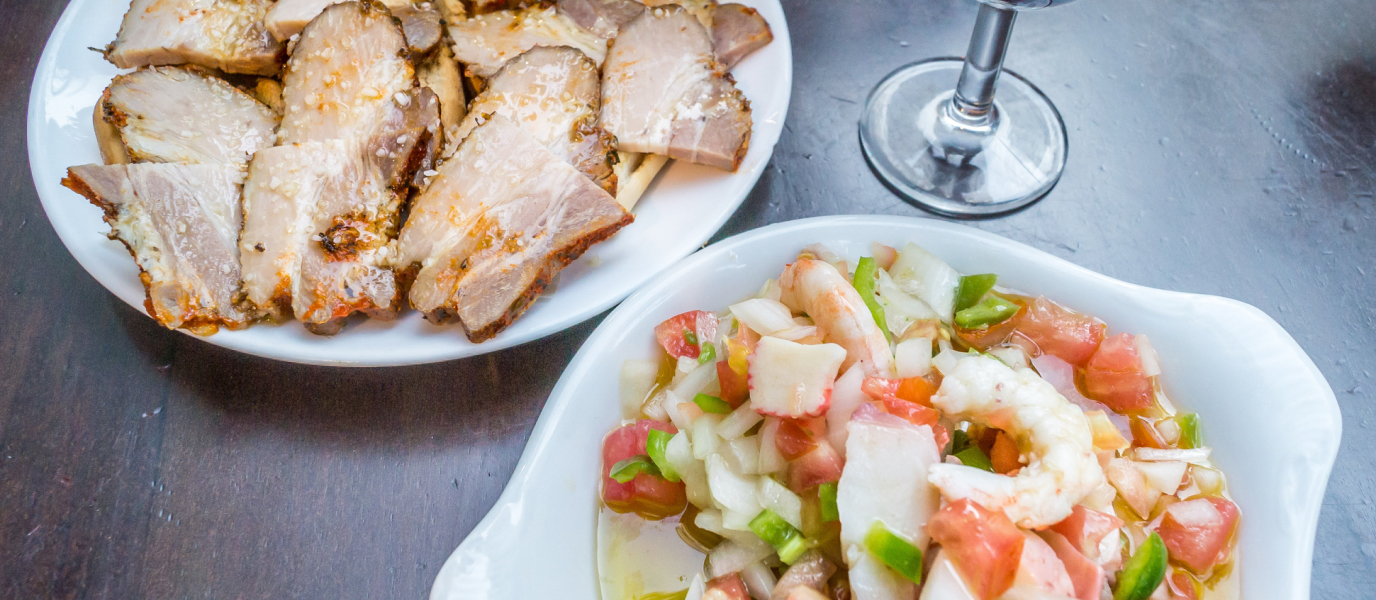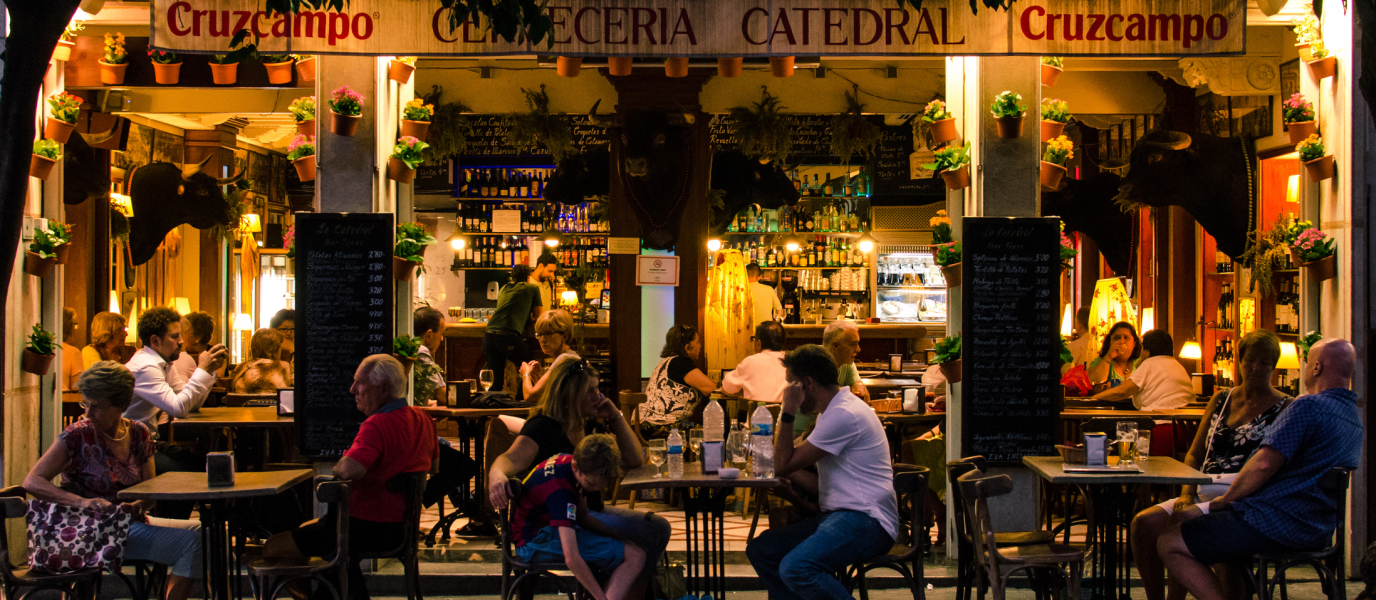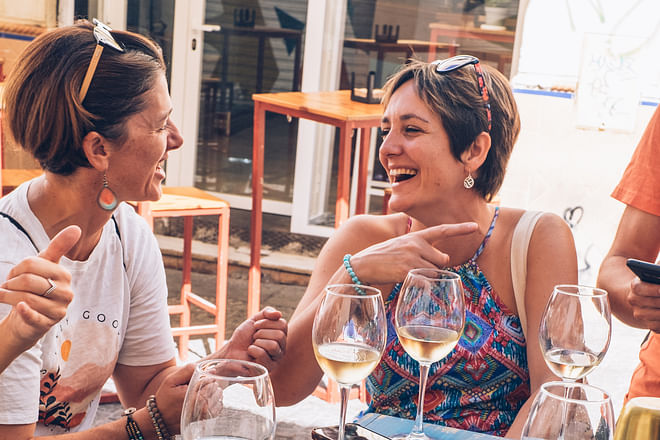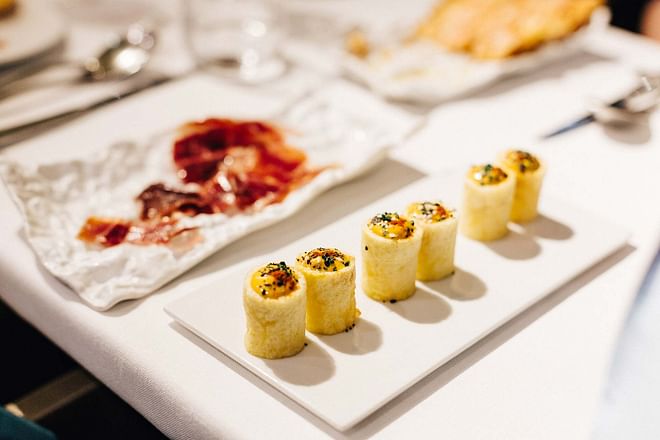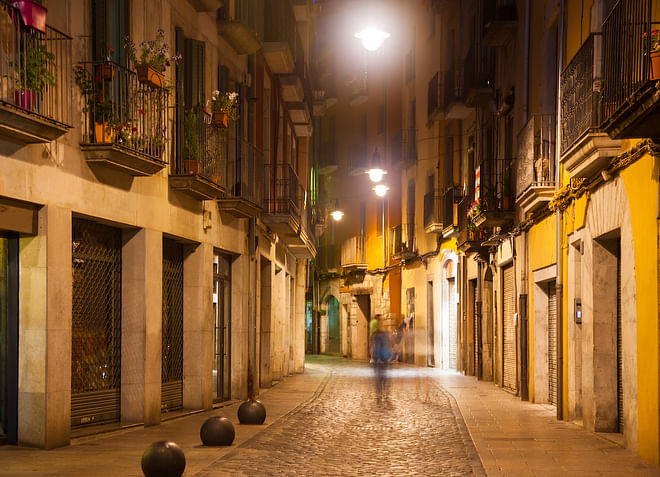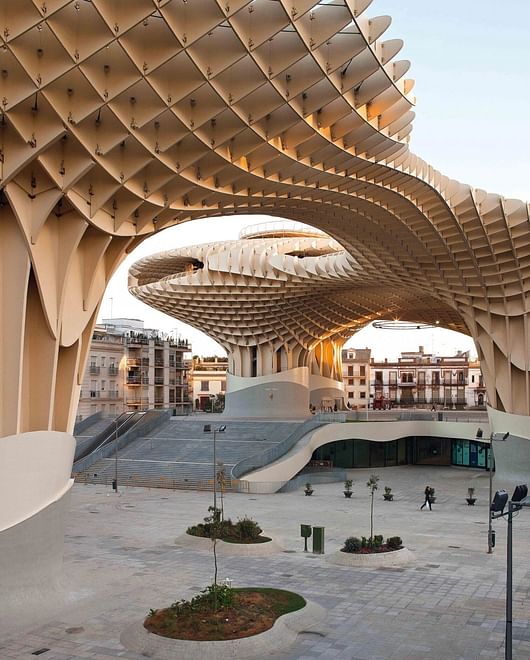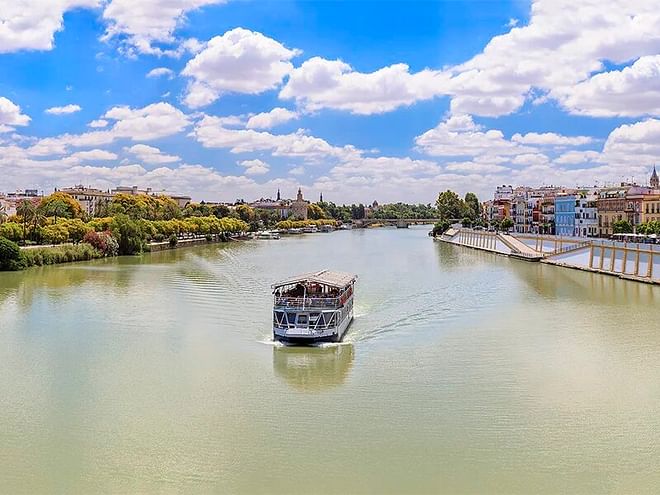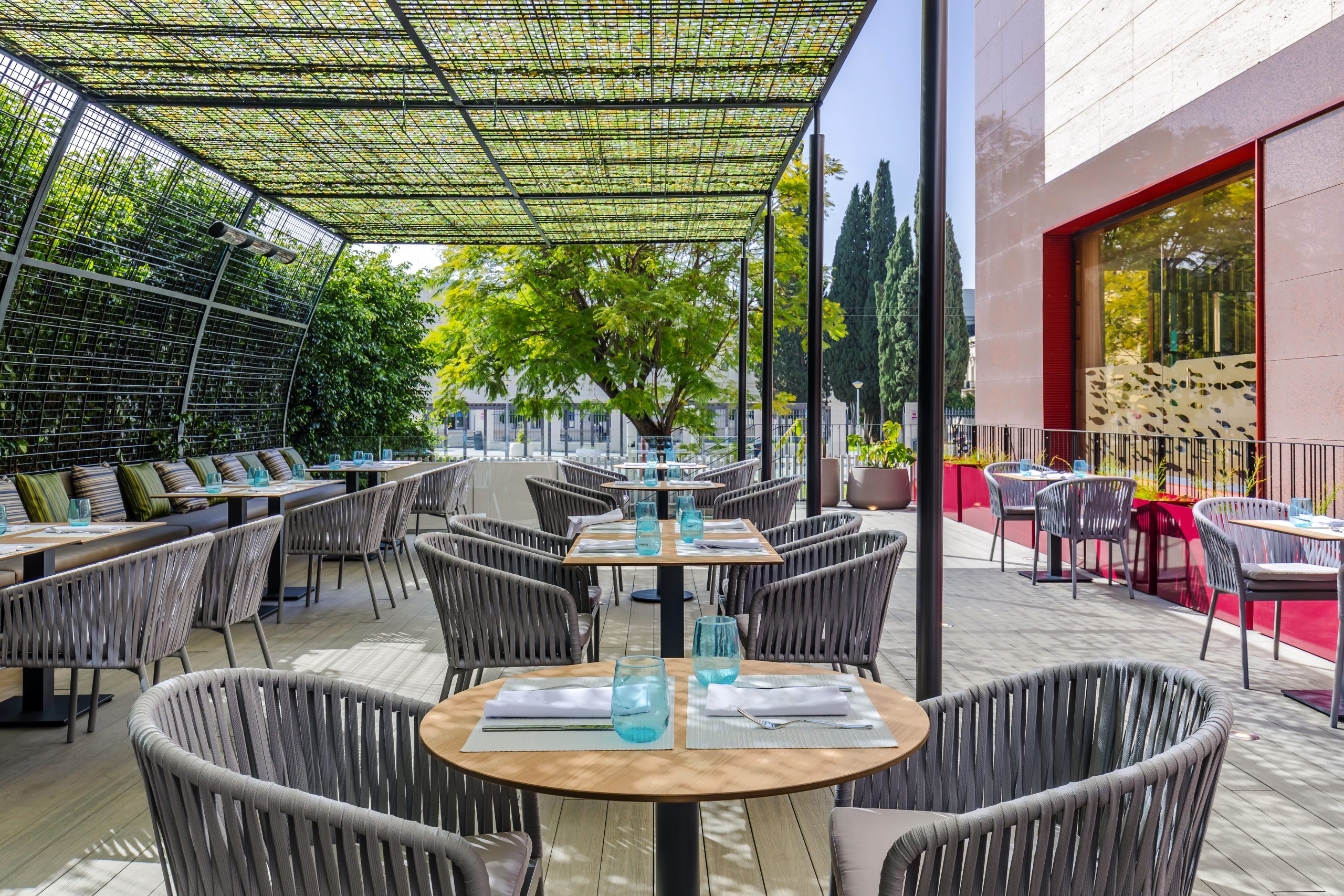The Nervión neighbourhood is the first impression that many visitors get of Seville. That’s because the Santa Justa station can be found here, the terminus of the high-speed trains that come in from Madrid and Córdoba, one of the most popular ways of getting to and from the Andalusian capital. But Nervión is much more than just a train station. It’s also one of the city’s most up and coming neighbourhoods. It’s a place where the most contemporary bars and restaurants rub shoulders with the most traditional ones.
What’s more, the neighbourhood is one of the city’s most sought-after residential neighbourhoods as it’s got such good transport links. On top of that, next to new blocks of flats you’ll find areas like Ciudad Jardín, built for the Ibero-American Exposition of 1929 and made up of houses built in the Regionalist style. These are, without doubt, modern Seville’s priciest, most exclusive homes.
What to see in the Nervión neighbourhood
Everything we’ve mentioned above is more than enough motivation to visit the Nervión neighbourhood. But on top of all that, this is the land of football, home to the Ramón Sánchez-Pizjuán Stadium. It’s the base of one of the city’s two rival teams: Sevilla Football Club. Every time the local team plays at home the bars in the area are stuffed with fans, giving the zone a festive atmosphere.
Not far from the stadium you’ll find the Nervión Plaza Shopping Centre, with a surface of over 25,000 square metres. There are shops of all kinds here, including flamenco fashion and souvenir shops for anyone who wants a classic memento of the city. Alongside the shops, there are plenty of restaurants and activities on offer, including a 20-screen cinema.
If you’re interested in the area’s most important historical buildings, you might like the following:
- Templete de la Cruz del Campo: a medieval shrine (fourteenth century) which many locals know as ‘el Humilladero’. It plays an important role in the history of Seville because it was the conclusion of the Stations of the Cross or Vía Crucis that was organised by the Marquess of Tarifa on a yearly basis. The majority of historians think that it was the origin of the way that the Sevillian Semana Santa, or Holy Week, is celebrated today.
- The old Cruzcampo brewery: the symbol of which is the very same Templete de la Cruz del Campo. Built at the beginning of the twentieth century, it’s now fallen into disuse, although it does now seem that part of the building is going to be used for cultural purposes.
- Sevilla 1 Building: one of the first office blocks built in the area. It was created at the beginning of the 1970s and designed in the Rationalist style by architects Luis Fernando Gómez-Stern and Manuel Trillo de Leyva.
- The old Prison of La Ranilla: only a few sections of this remain, encircled by one of the city’s newest parks.
- Church of the Immaculate Conception: consecrated in 1929 to coincide with the Ibero-American Exposition. Its style imitates that of Greco-Roman temples, and it’s built of light-coloured brick. It’s the home of one of Seville’s brotherhoods, the Hermandad de la Sed, which parades its icons through the city’s streets every Holy Wednesday.
- Regionalist houses on Calle Cristo de la Sed are some of the best surviving examples of the property speculation that the neighbourhood experienced decades ago.
- Hospital de San Juan de Dios: this hospital was built in the characteristic local Regionalist style more than 75 years ago. They’re currently building a new 7-storey centre next to the original building.
The Santa Justa train station
For Seville and the neighbourhood of Nervión, the Santa Justa train station is much more than just that. Its opening was Seville’s passport to the twenty-first century. Firstly, that’s because it connected the Andalusian capital to Madrid, with the high-speed train taking less than two and a half hours, long before any other large Spanish city. Secondly, the building of this transport interchange meant Seville freed itself from over-ground train traffic and once again had direct access to the Guadalquivir river. That also lead to the creation of new streets were train tracks once ran. Including the neighbourhood of Nervión.
The station building is defined by its characteristic red brick, enormous grey concrete pillars and the use of steel and glass. It was designed by the Sevillian architects Antonio Cruz and Antonio Ortiz. It was officially inaugurated on the same day that the Madrid-Seville high-speed train line began to operate, on 21 April 1992. It covers more than 80,000 square metres, including adjoining buildings. The volume of passengers that pass through this station is only beaten in Spain by Atocha station, in Madrid.
Eating in the Nervión neighbourhood
In recent years, the number of bars and restaurants in the area surrounding the Nervión Plaza Shopping Centre and the Sánchez-Pizjuán stadium has exploded. There are perfect spots for tapas, lunch or even dinner. They’re most popular at weekends when locals take them over and create a relaxed, entertaining atmosphere. And, of course, on match days.
Those who prefer sit-down restaurants can opt for the numerous restaurant chains that have popped up in Nervión in recent years.
But if you want something with a dash of personality or even romance, you shouldn’t miss out on a dinner at Tribeca (Chaves Nogales, 3). The menu features seasonal produce of the highest quality, and you’ll enjoy the sophisticated atmosphere, with pleasant, attentive service, and the fact that you can see the chefs at work. They whip up traditional Spanish and Andalusian dishes.
If you want to experiment with fusion cooking, Raíces is a great option (Juan de Zoyas, 5). Here, they expertly mix flavours, ingredients and aromas from Peru, Japan, and Andalusia itself.
And when it comes to tapas…
There’s no denying that one of the best ways of taking a bite out of the city is to go on a fun tapas crawl. One of the most famous spots, specialising in traditional Sevillian food, is La Despensa der Fede (Beatriz de Suabia, 61). They serve 100 different tapas, and you shouldn’t miss their six types of homemade croquettes.
A tiny but very popular spot is Panrallao Tapas (Divino Redentor, 5). If you’d like a drink here, it’s best to come early. Its cuisine stands out in Nervión thanks to the fun fusion between Andalusian and Italian influences.
And a must-visit bar in this area is Tradevo Nervión (Plaza Pintor Amalio García del Moral, 2). Tapas are created by the genius that is Gonzalo Jurado, a chef who learned his craft at El Bulli, Carme Ruscalleda’s El Sant Pau, Sergi Arola’s La Broche and Can Fabes’ El Racó, alongside Santi Santamaría.




































































